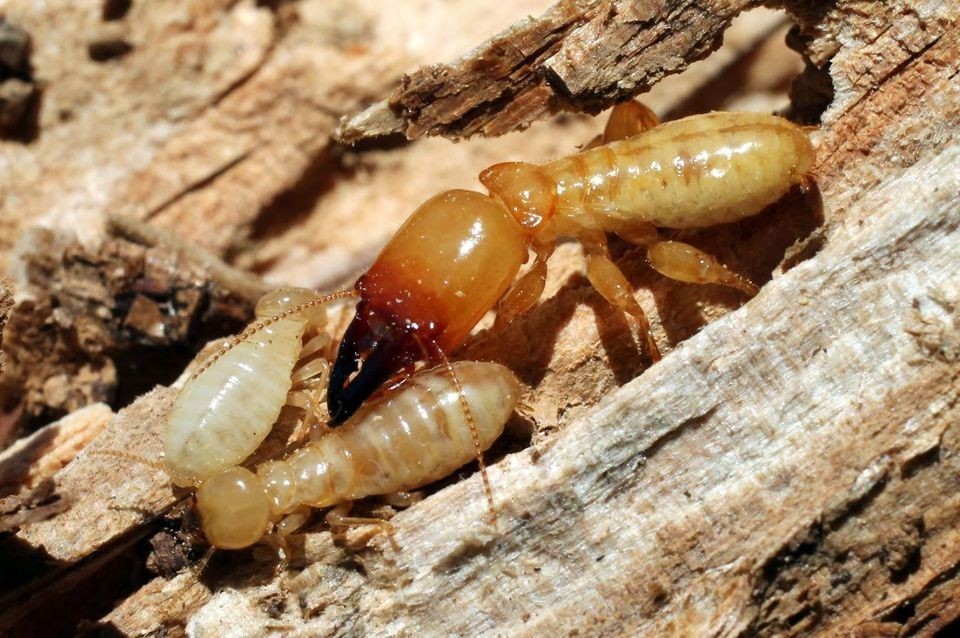Tips to Tell If You Have Termites

Pests of all kinds can be a concern, but termites promise a particular threat to homeowners. Termites can cause expensive structural damage to a home.
How can you tell you have termites before too much damage is caused? Learn about a few tips to help you identify the presence of termites in your home.
Damaged Wood
Termites eat dead plants and trees, which means the wood of your home is exactly the kind of sustenance they’re looking for. Termites seek out sources of wood and create colonies nearby the food source, where they can reproduce. Some of these wood sources might be piles of firewood against your home, wooden decks and patios, and trees and shrubs growing too close to your home.
Once termites move from these exterior sources of wood, they may make their way into your home to eat the wood in your walls and floors, which can be difficult to examine, depending on the way your home was build. Examine what sources of wood you can. If you have a deck or patio, inspect it for wood that looks visibly damaged or sounds hollow, as termites will eat the interior.
Mud Tubes
Termites are very organized pests. Because they live in large colonies, they need a safe and reliable way to get from their home to their food sources. Termites build mud tunnels in order to efficiently transport wood to the colony and explore other food sources, much like the way humans use a subway.
Mud tunnels are easy to spot. They’re often as thick as a pencil, and they run often from the soil to a food source, or from a termite mound (which can range in size) to a food source. Common locations are around external foundations or along the base of walls.
Closely inspect the exterior of your foundation, especially close to sources of wood for mud tunnels. The presence of these mud tunnels indicates a persistent termite problem, so if you find them, call a professional pest control company right away.
Termites Themselves
Whether your infestation is very early or very late, you may be able to see the termites themselves to determine if they have a presence in your home. Termites come in many different shapes, sizes, and colors — in fact, there are more than 2,000 known species — but they all look fairly similar, usually being shades of white and brown, with six legs and long antennae.
You may find termites swarming, particularly in the spring. Swarmer termites are in charge of reproducing, which they do at the end of spring when temperatures are warmer. However, termites can be a problem in other seasons, so it’s best to identify the problem as soon as possible.
This spring, search for signs of a swarm in addition to other possible signs. Note the location of the swarm, as the colony might be nearby. This will help the pest control professional rid you of the infestation thoroughly.
When you need a pest control professional, rely on the experts at PermaTreat Pest and Termite Control. Contact us today if you suspect you have a termite problem.


































































